The quantity of heat produced by a car's engine can be disastrous if not controlled, so people who value their vehicle highly always keep it in excellent condition by having frequent service checks. Consequently, antifreeze is needed to maintain your car. We've done a lot of research on this topic and have compiled some important information and safety tips that we'd like to share with you in this post.
If the engine overheats and fails, it may be necessary to replenish the cooling system with a new coolant or antifreeze. However, you must always wait for the engine to cool before adding coolant or antifreeze.
When you try to unscrew the coolant, pressurized water will start seeping out of the reservoir; be careful in this case as it can burn your skin. Your car's engine cooling system needs to be cleaned and refilled regularly. What's more, due to the importance of the fluid, you must frequently check its condition.
If you believe that the primary function of antifreeze (coolant) is to keep an engine cool in the summer and prevent freezing in the winter, keep reading. More details will be provided in the post that follows.
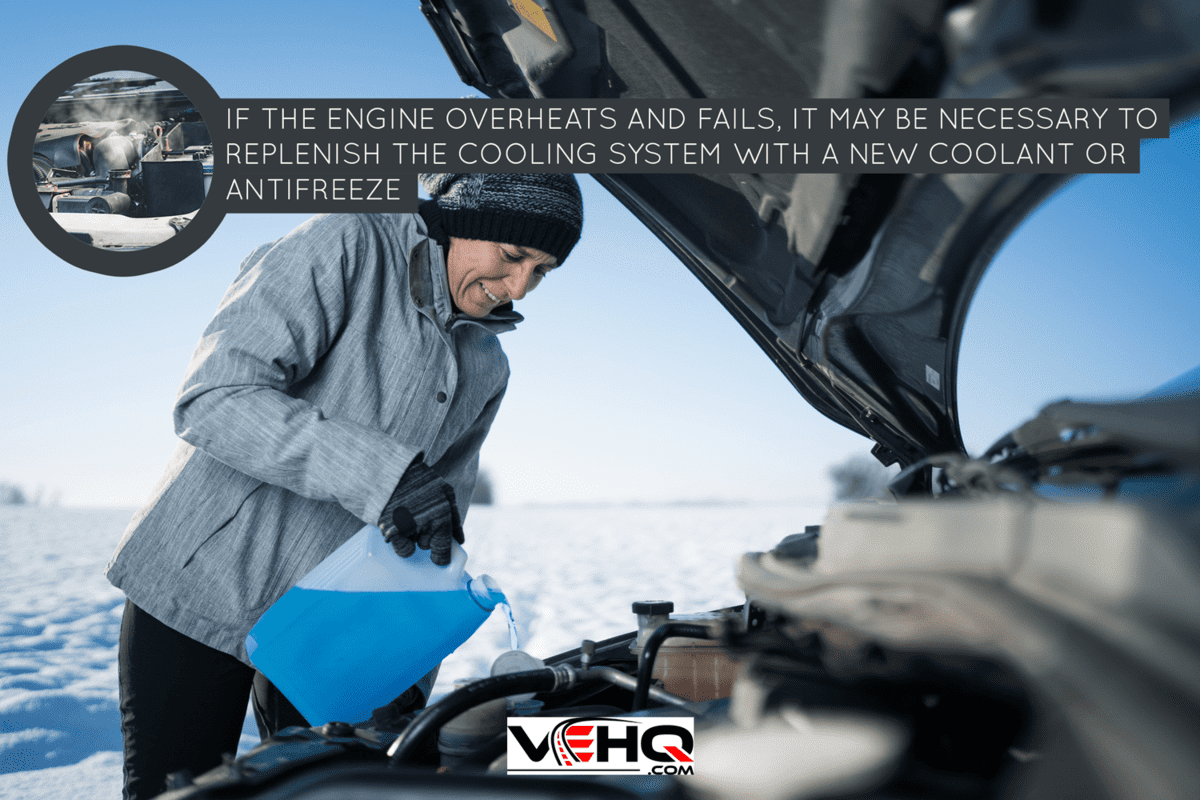
Antifreeze (or Coolant) Functionality
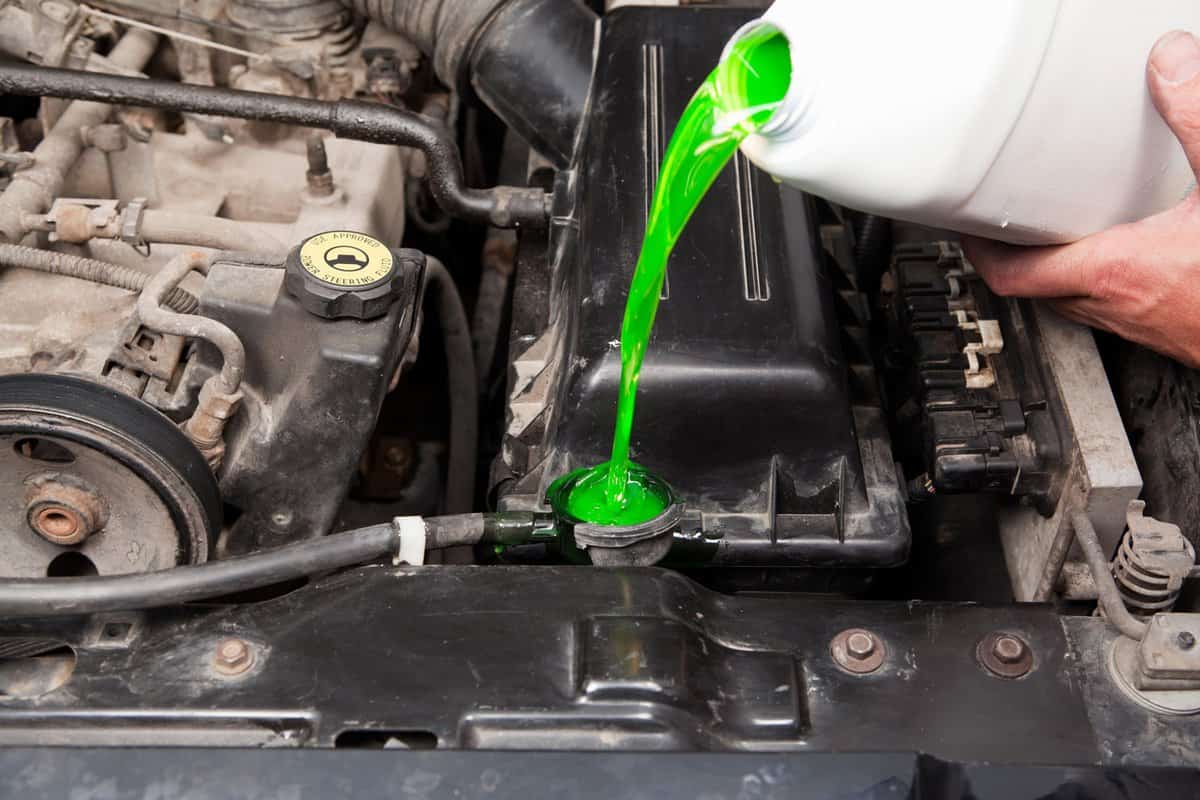
The coolant in the engine must circulate. Whenever the temperature fell below 32 degrees, if the engine's coolant was all pure water, the water would freeze and stop flowing. Antifreeze is used to prevent frozen fluid. When combined with water, antifreeze significantly lowers the freezing point of coolant to roughly -35 degrees Fahrenheit.
Advantages
Because of its structural resemblance to water, ethylene glycol is miscible with the substance. Antifreeze and coolant are just a couple of industrial and commercial uses for the chemical ethylene glycol.
- It is a great component used in the manufacturing industry because of its low freezing and high boiling points.
- It is a cheap and soluble solvent.
- It is a durable substance.
- It can transfer heat very quickly.
- It prevents the formation of scales.
- It prevents erosion.
- A reduction in the accumulation.
Disadvantages
- It is highly flammable.
- Causing an antifreeze leak that could potentially result in combustion in a car.
- It absorbs water quickly and is difficult to see.
- May cause environmental damage if disposed of improperly on airport runways.
- Industrial waste may get into waterways and kill marine life.
- Children and domestic animals are drawn to sweet flavors.
Safety Tips
Antifreeze has a bittering agent added to it to try to stop people and animals from consuming it. Children are probably drawn to them while animals are attracted to them. The fumes themselves can make you feel lightheaded as well.
Because ethylene glycol can harm internal organs by absorbing through the skin, you must.
- Wear gloves.
- Ensure antifreeze is stored in a secure location.
- Any spills must be cleaned up right away and properly disposed of.
Now available on the market is a new type of antifreeze that contains propylene glycol, which is considerably less toxic than ethylene glycol. An animal would need to consume much more of this type of antifreeze than is likely to be available to sicken or die from it. The label on the bottle should be able to tell you what kind of antifreeze is inside.
Warning!
System pressure can cause severe burns by launching hot coolant into the air. Make sure you buy the appropriate type of coolant for your engine type. For more details, consult your owner's manual.
Have a question about the coolant in your car? Here is our go-to resource for any inquiries you may have about antifreeze; we've compiled answers to some of the most often asked questions.
How do you check antifreeze?
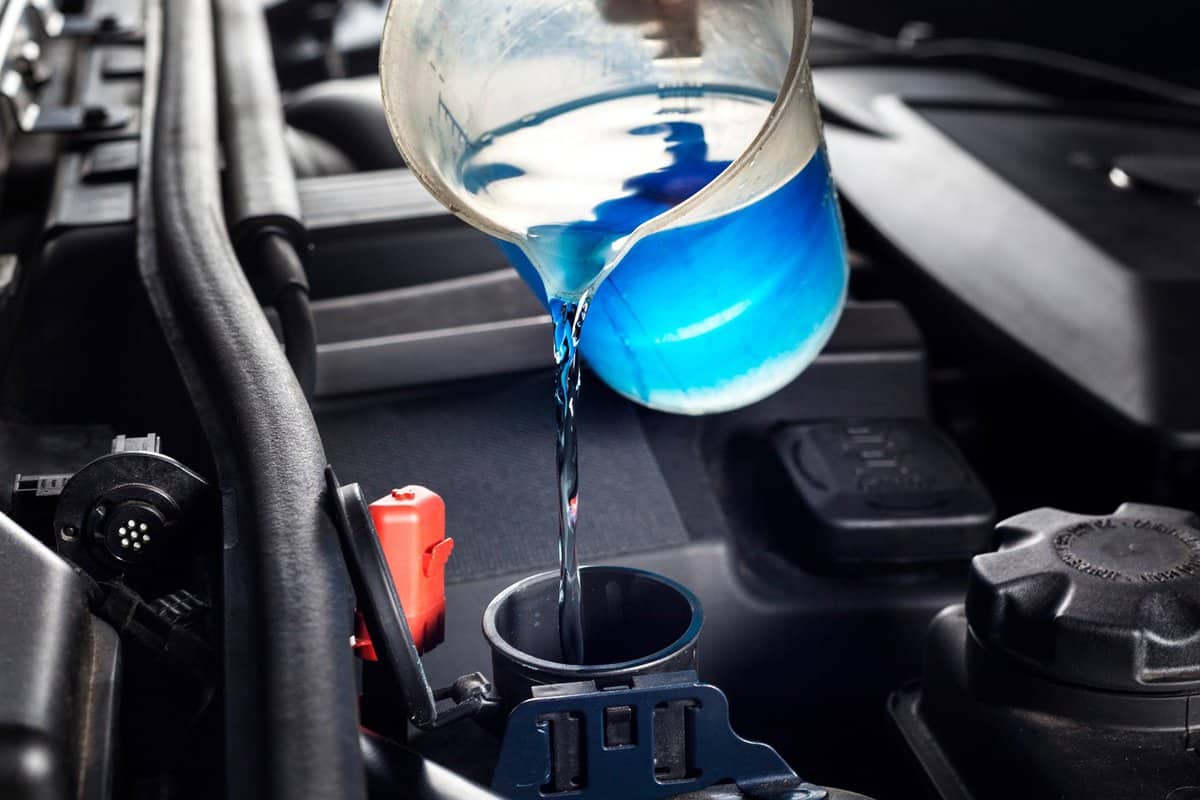
Never check for freezes in a warm or hot vehicle! It needs to cool completely for at least 5 to 6 hours. The coolant reservoir should be placed under the hood, near the front or side of the engine. The translucent line with the words "hot" near the top and "cold" near the bottom line; remove the cover to see if levels are below it.
Read: "Where Does Antifreeze/Coolant Go In Your Car?"
How do I know if my car needs antifreeze?
Problems arise when a car's antifreeze level is low and can sometimes go unnoticed for a while. However, when antifreeze levels fall low enough, a car begins to show enough signs that the owner needs to take it to a mechanic. Drivers can save money by avoiding expensive repairs and being aware of low antifreeze signs.
Indications that your car needs an antifreeze or coolant service:
- When the engine is operating, the temperature gauge displays a higher temperature than usual.
- Leaks and pools of antifreeze under your car (orange or green fluid).
- Your car's hood has begun to make a grinding sound.
- Rust flecks or pieces begin to appear in the antifreeze/coolant fluid.
- The engine is emitting steam or a smell of boiling maple syrup.
- Internal heating system is not working properly.
- Poor fuel economy.
Read: "Antifreeze Leaking From Car – What Could Be Wrong?"
Does my car need antifreeze in the winter?
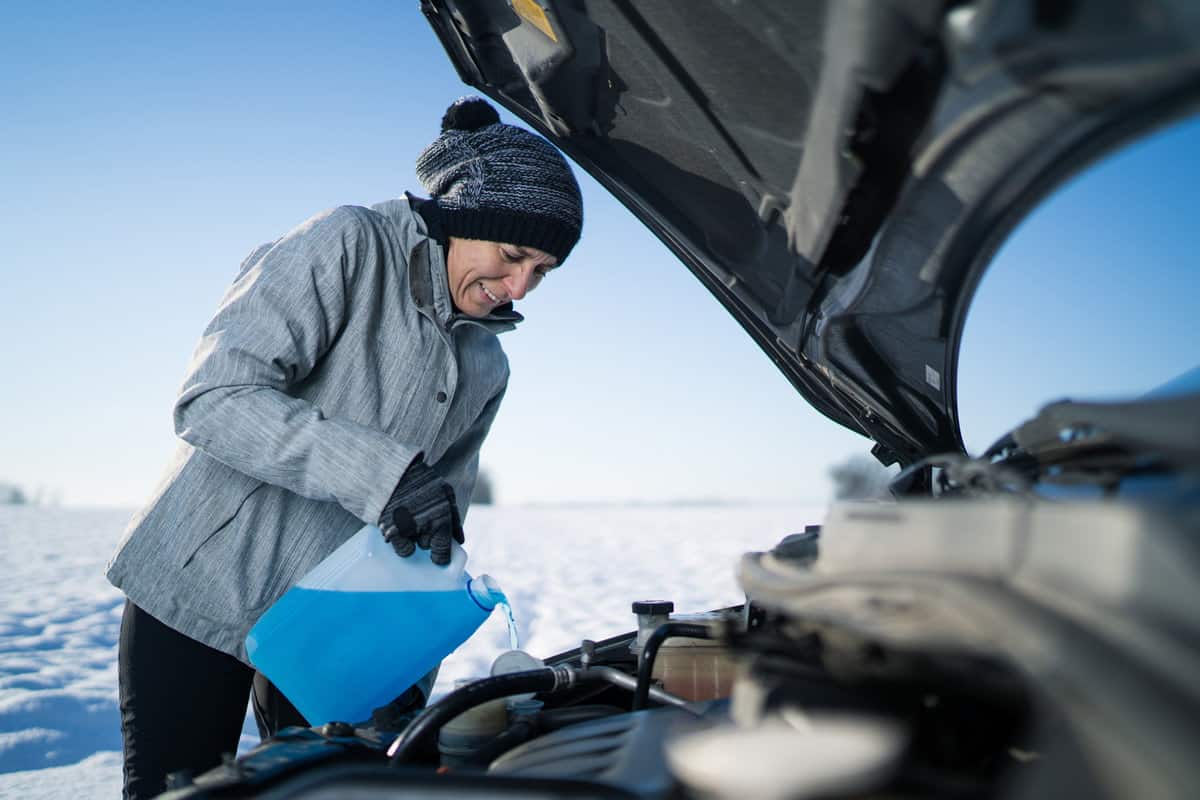
Your car's cooling system, which includes the water pump, hoses, radiator, thermostat, and heater core, needs maintenance all year long, no matter the weather.
Coolant/antifreeze lowers the freezing point of the engine in winter and prevents it from freezing, which can cause the block to break.
To keep your passengers warm, the coolant also contains anti-corrosion chemicals that stop scale and lime accumulation in the radiator and heat exchanger core. For winter driving, it's crucial to check sure the cooling system is in good working order.
Do you use antifreeze all year round?
Almost all of the fluids that your car needs to function properly should be drained and changed at regular intervals. Likewise, with your coolant. You should check the coolant level at least twice a year, before the summer heat and before the winter cold. For more detailed instructions on when to flush and replace the coolant in your car, refer to the owner's manual.
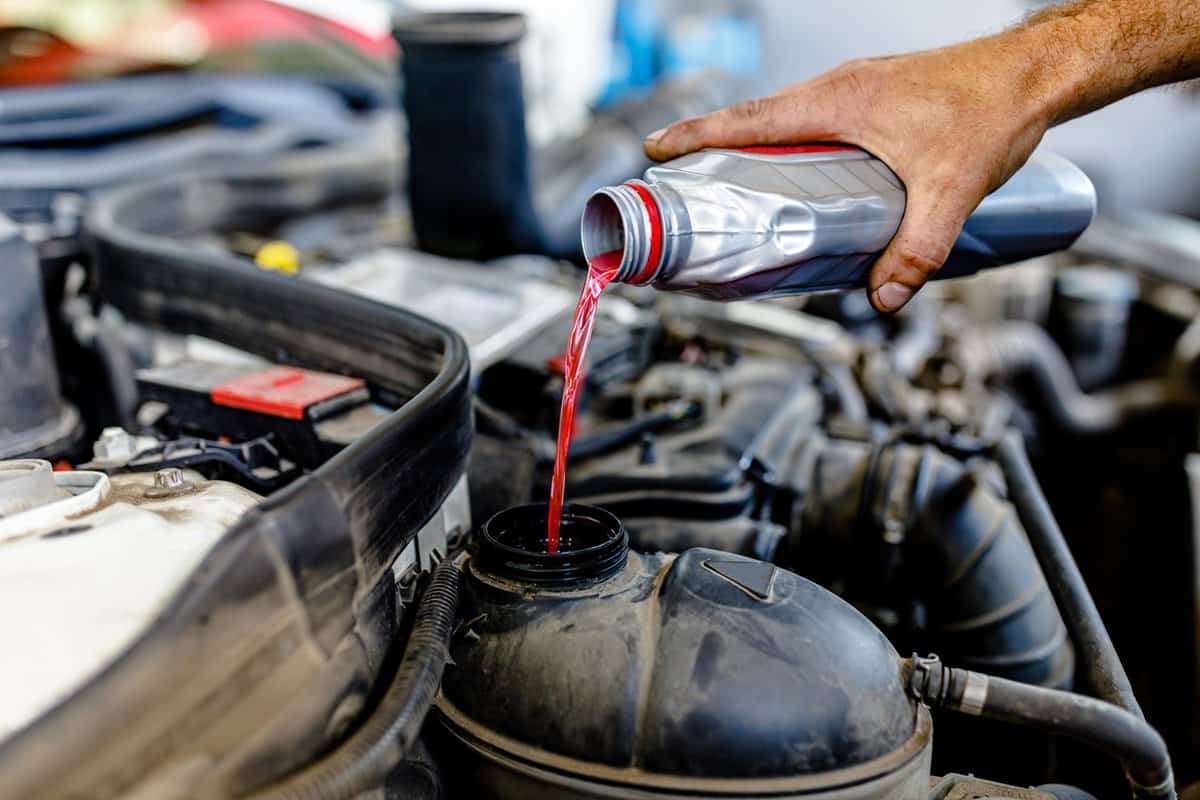
Overview
It can be a little more difficult to buy antifreeze that you must mix with water. Even so, it gives you more flexibility when it comes to blending. In general, a good place to start is by mixing water and antifreeze 50/50. However, when talking about climate, you might want to consider temperature.
For instance, in more temperate climates where the temperature rarely drops below 32, 50/50 may work best. However, in regions where temperatures frequently drop below 32°F, mixtures closer to 70% antifreeze and 30% water work best to prevent coolant from freezing.
If you're unsure how to change your coolant, take your car to the garage. A qualified mechanic will perform the previously described procedure using the appropriate antifreeze and to the highest standards during the appointment.
